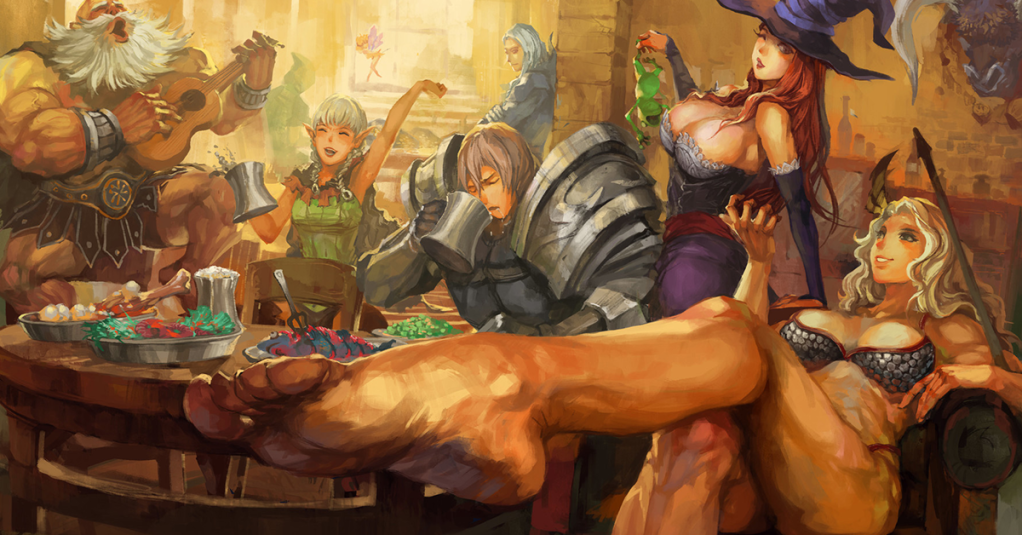2018 | VanillaWare | Playstation 4
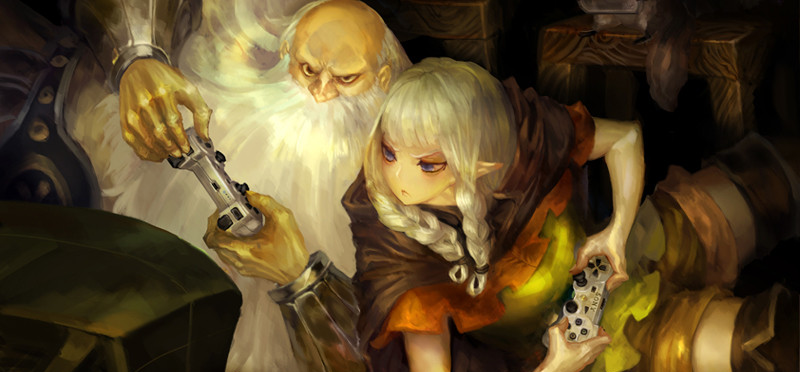
I make it no secret that I have a rather profound adoration for Vanillaware and the works of art they’ve been gracing us with over the years. I’ve spent many a good hours blanketed up after school playing through Odin Sphere and GrimGrimoire on the Playstation 2, but what really set Vanillaware apart from the rest was the 2013 VITA release of Dragon’s Crown. At the time, I was working in a small game store and all of us were infatuated with the newest Sony handheld. Whenever a game came out that supported any form of local co-op, we’d collectively get absorbed into that game in between customers and during breaks. However, with Dragon’s Crown also releasing on the Playstation 3 it turned the whole thing around. We’d be playing the game on VITA during working hours and, after rushing home, continued the journey on the PS3 at home. How we ended up getting any work done is still a mystery. My love for Vanillaware would go from a smoldering campfire to a continent razing inferno with the 2019 release of 13 Sentinels: Aegis Rim and so I started revisiting a lot of the older catalog. I’ve been sitting on my copy of Dragon’s Crown Pro for a while and with my partner next to me on the couch it felt like the perfect time to play this masterclass in beat ‘m up games. And thusly, the journey of Craig the Dwarf and Margaret the Elf began.
Vanillaware was originally founded in 2002 by George Kamitani under the name Puraguru. Under Puraguru they developed the MMO RPG Fantasy Earth Zero, released in 2006. This also marked the beginning of their long term collaboration with production studio Basicscape, who would provide music and sound design for most Vanillaware titles going forward. Due to creative differences, Puraguru ended up parting ways with Enix on Fantasy Earth Zero in 2004. From here the company would be renamed to Vanillaware and start working on Odin Sphere, a concept that expanded on Kamitani’s earlier game; the Saturn action RPG, Princess Crown. Despite Odin Sphere being completed in 2006, the release was pushed to 2007. This was likely due to Atlus not wanting things to overlap with the release of Persona 3. During the development of Odin Sphere, they also started to work on the tower defense game GrimGrimoire for Nippon Ichi Software. The delay caused the beginning of Vanillaware’s tradition of completely draining their funds into the production of a game. This lead to Kamitani having to take out a personal loan to keep the company above water. In 2009 they’d release the incredible Muramasa: The Demon Blade, which, alongside Odin Sphere, would form the foundations for the gameplay concepts of 2013’s Dragon’s Crown. The original release, like Odin Sphere, was a critical and commercial success and was praised for the phenomenal household style that set Vanillaware apart from the rest. The game would be remastered for the Playstation 4, supporting 4K resolution and featured reworked sprites and all the DLC.

The game opens up to our resident rogue, Rannie, recalling the tale of their fortuitous meeting, alongside the pleasant company of a few (okay, a lot of) tankards of ale. From here we get to pick our characters from a menagerie of fantastically designed options. I forewent my usual choice of Elf in favor of the stocky Dwarf, named Craig, to try out one of the only classes I somehow hadn’t played yet, and my partner went with the Elf instead. Now with our characters locked in we were ready to start exploring the monster plagued lands of Hydeland, get involved with political coups and sacrificial rituals, and most importantly; get sweet loot and gold!
So how do we get that sweet loot? You go into dungeons and beat the living daylight out of everything that moves, and then you take all their lunch money. A lot of the gameplay elements in Dragon’s Crown are heavily inspired by Capcom’s 1994 beat ‘m up / RPG hybrid Dungeons and Dragons: Tower of Doom (which Kamitani worked on as a designer) and 1996’s Shadow Over Mystara, where players can find different items to equip, spells to cast and gold to spend at certain intervals. While originally designed as a sequel to one of pre-Vanillaware’s games, Princess Crown, it departed into its own project after the success of Odin Sphere and Muramasa: The Demon Blade. While it looks like a traditional beat ‘m up at first glance, Dragon’s Crown leans a lot heavier into the RPG side of things. Each character has a backpack that you can fill with various types of armor, weapons, potions and accessories to help you prepare for the journey. You can gain experience at the end of a stage or at completion of a side quest, which in turn raises your level. Each level and completed side quest awards you skill points which you can spend on a plethora of upgrades. Some of these upgrades are class specific, like the Elf being able to learn a rapid fire skill or getting a larger quiver, or the Dwarf learning how to throw things with such force that it causes damaging shockwaves. Each side quest also rewards you with some beautiful artworks as reward. Each skill can then be upgraded up to 10 times to make the effect stronger. It’s a neat system that allows you to fully customize to your playstyle without overwhelming you with options to build the best you with.
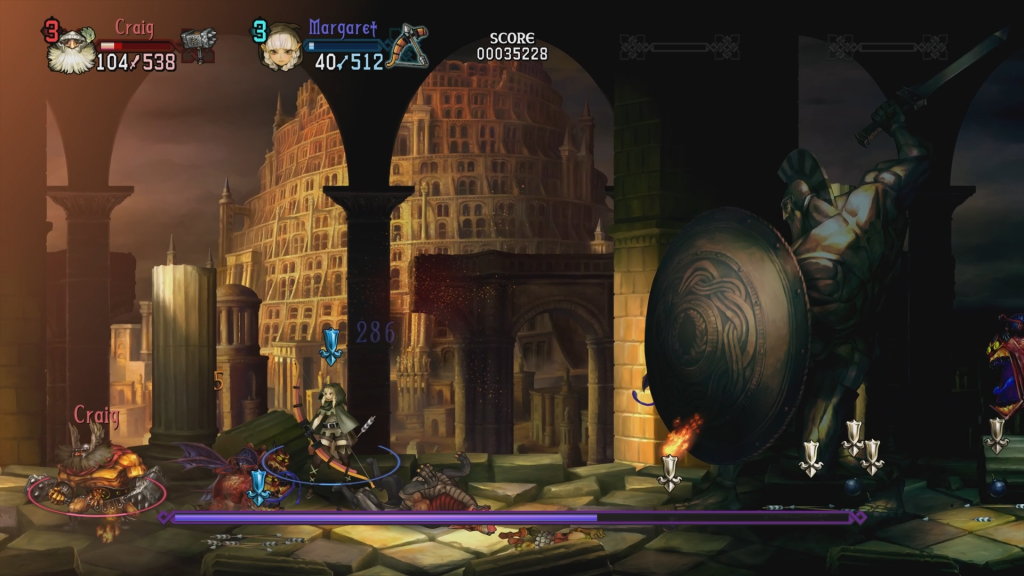
The entirety of Dragon’s Crown Pro is presented as a 2D beat ‘m up with a very refined combat system. If the setting is borrowed from the arcade D&D games, the gameplay is an extension of Vanillaware’s experience with the excellent combat of Odin Sphere and Muramasa. Each character provides the player with a few powerful attacks, unique moves and a basic set of punches, kicks and slashes. The Dwarf, for example, has the ability to toss enemies that sends a shockwave around the impact point and is able to buff his defense by flexing. On top of that we also gain access to a set of punches that can be used on the ground and in the air. The Elf has the ability to rapidly kick through hordes of enemies to keep them airborne, as well as the ability to fire devastating arrows that tear through health bars. She essentially becomes an extremely mobile machine gun. Despite having a lot of tools at your disposal, Dragon’s Crown feels extremely smooth and accessible. It binds a lot of functions to a single button and there are only two major offensive buttons. The rest of the kit is accessed by pressing, holding and mashing these buttons, or hold a direction and press.
One of the few downsides to the game is the implementation of the unique character skills. With the exception of a few characters, these skills are absolutely devastating and will dominate the majority of your interaction with any combat. In my last run, the throw skill for the Dwarf became so much stronger than any other attack and this resulted in me auto piloting through the majority of the game in the form of a rather violent game of dodgeball. If you can’t dodge an orc, then you can’t dodge a dragon. The characters that do have a limited use skill, like the bow for Elf, rarely find themselves completely depleted, as drops are extremely generous. Because of this it’s easy to glaze over the more chaotic moments and just let your mind wander instead of actively engaging with the game. This is something that is much more prominent in co-operative play, as more players equate to a monstrous amount of pure chaos. Overall, the gameplay is extremely smooth and engaging, especially in short bursts!
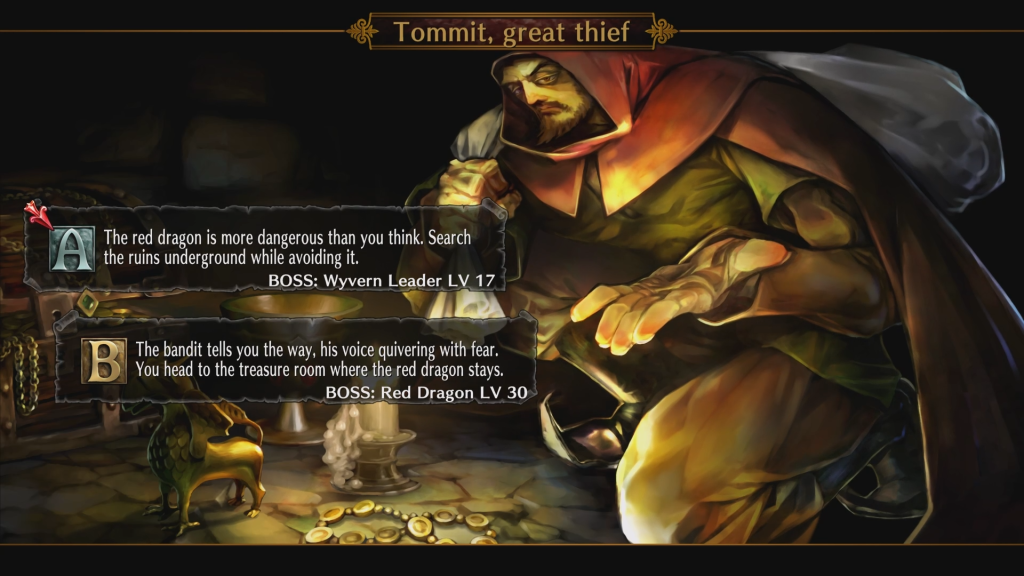
The gameplay loop of Dragon’s Crown is initially structured around a set of small missions that eventually culminate into a precursor for the main plot. Initially we get roped into a political tug of war for the crown as various items that represent the chosen monarch go missing. In the wrong hands these may spell disaster for the princess’ claim to the throne after the king ended his own life. Throughout the attempted coup by the prime minister we’re tasked with ensuring the claim to the throne remains with the royal bloodline. It’s a fantastic way to introduce us to the world, it’s moving parts and the beautifully created stages that are scattered throughout Hydeland. We’re sent into lost catacombs to fight hordes of zombies, up crumbling towers to save maidens from vampires and through forests teeming with dryads. Battlefields are scattered throughout the land as various factions go to war, with the party smack in the middle of it.
As the bodies pile up in our wake and monsters of legend awaken to stop the drunken bravado of a stocky dwarf and a trigger-happy elf, the machinations that are turning and churning in the background start to see the light of day. The princess was being controlled through a necklace by the prime minister, and Dean goes off on a search for the Dragon’s Crown, a legendary artifact said to have the power to control dragons. From this point onward it becomes a race to either prevent an Ancient Dragon from reawakening and leaving the Illusory Lands to lay waste to Hydeland, or to break the means of access to this realm. Eventually someone has to teach that Ancient Dragon a lesson, and that someone is you!
To further emphasize the feeling of it being a Dungeons and Dragons inspired game, the majority of Dragon’s Crown is narrated as if a dungeon master is running your through an epic campaign. JB Blanc does a fantastic job at bringing the story to life. It brings a magical and whimsical tone to the entire experience, especially when you stumble across a dancing rat with a wizard hat and wand. The delivery creates an interesting layer to the story, in similar fashion to Disco Elysium; you feel more engaged with the game as a player playing a character rather than just playing the game. It’s subtle, but it does add a lot of depth to the experience.
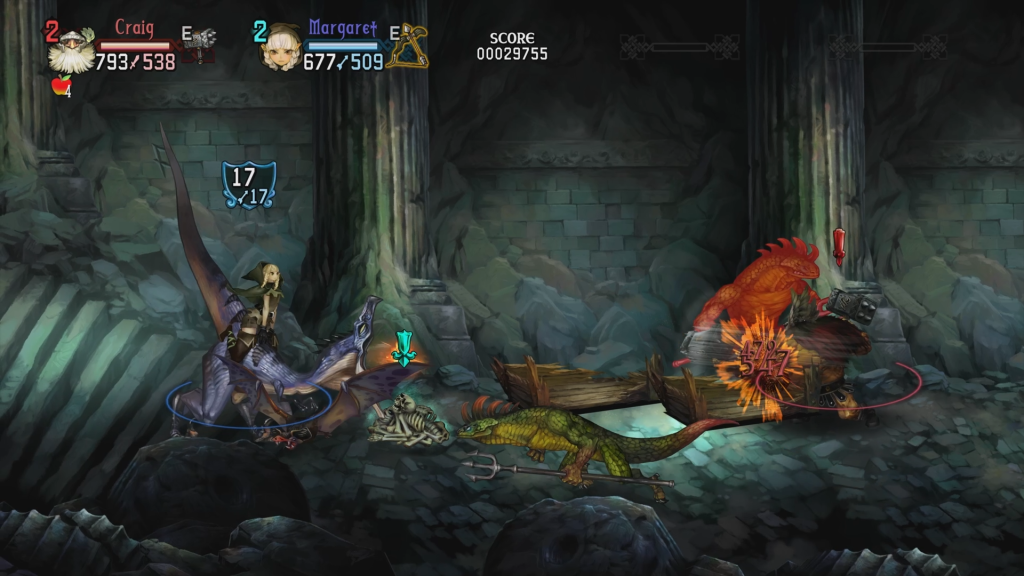
So, I haven’t really answered the question of how to acquire that sweet loot yet. Dragon’s Crown was originally a VITA game, so there is a touch screen component to interacting with it (using the right analog on PS3 and touchpad on PS4). Throughout the stages you’ll be able to use a cursor to hover over points of interest, causing various treasures to pop out. By clicking on chests and doors, Rannie will rush over to open them. Chests will grant you a certain grade and some loot in accordance to that grade. This ranges from grade E for worst, and grade S for the best. The game will grant you a few items that you can then get identified at Morgan’s Magic Item Shop in town. Sometimes an item will glow in the menu, which indicates that it’s a magical item. These usually come with extra bonusses like added knock-back, stat increases or elemental damage. A lot of Dragon’s Crown is going into a stage, beating everything into the ground, getting loot, identifying said loot, equip the better items and sell off the rest for a hefty profit. The more acquainted you get with the layout of the stages, the more you’re able to find hidden item deposits and hidden rooms. During your journey you’re assisted by the fairy Tiki, who helps point you in the direction of hidden doors and rooms. A thing to note is that stages frequently deliver loot for the character played, and on the level that character currently is. So no matter how many times you’ll repeat the stages, you’ll always gain something from this. I frequently found myself replaying stages for extra exploration, side quests and leveling without ever feeling like it was a waste of time.
We can’t really talk about Dragon’s Crown without talking about the absolutely out of this world art direction and music. Like with many other Vanillaware titles, company president George Kamitani was providing the bulk of the art and art direction for the game. The background work is ludicrously vibrant and detailed, the sprites are beautifully rendered (especially with Pro’s 4K sprites) and the characters are wildly exaggerated and leave a lasting impression. The game faced some controversy for the design of the voluptuous sorceress and barely covered butt of the Amazon, however the second you see Roland’s frowny faced pectoral muscles causing the skin to burst at the seams, it feels like everything and everyone is fair game. Kamitani provides absolutely stunning designs for the characters and the NPC’s, all equally contorted and exaggerated. A lot of characters you meet on your journey are extremely memorable and sometimes terrifying. The dancing rat pointing you in the direction of his wizard overlord and the beggar outside of the church are among my personal favorites. The exaggerated proportions of the characters also add an unintentionally comedic factor to the game. The Dwarf somehow turns into a blob of even more muscle at the press of a button, and I’m pretty sure the Sorceress has knocked herself out with her knockers while in full sprint on more than one occasion. The monster design is fantastic as well, the game is littered with dragons, minotaurs, gargoyles and beholders to celebrate the D&D tabletop influence.
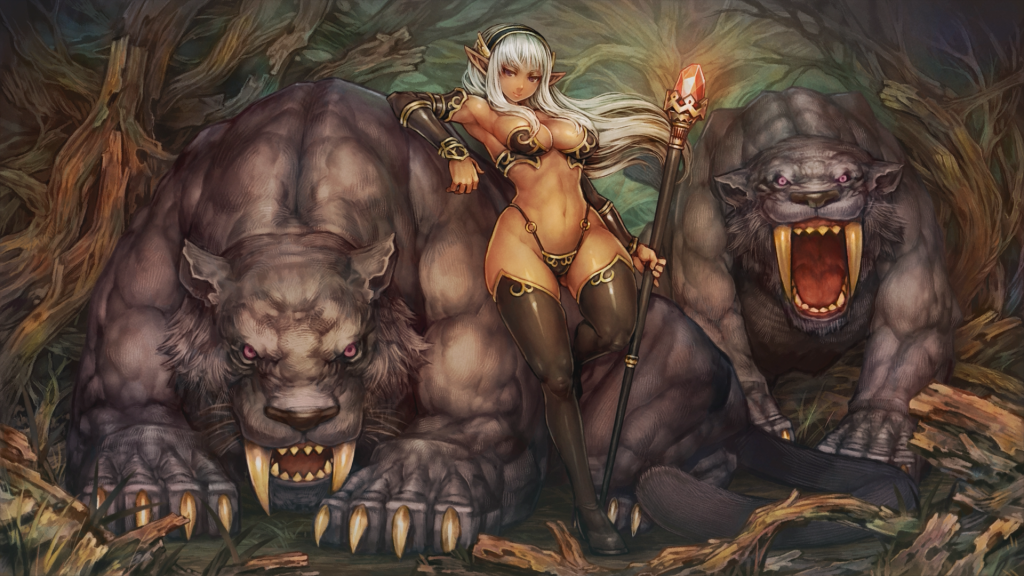
The long time collaboration between Vanillaware and Basicscape once again blesses us with a wonderful soundtrack. The music perfectly compliments the set pieces and stages, with soft harps, ethereal choirs and aggressive brass sections supporting the town, dungeons and fights. While some of the tracks are instantly recognizable, some of them blend perfectly into the background as a support for the ongoing action. These tracks are less memorable without the in-game context, but still provide a fantastic foundation within the soundtrack. It’s mesmerizing when it needs to, and punchy when the on screen action requires. Basicscape, and in particular Hitoshi Sakimoto, have consistently put out incredible scores to accompany Vanillaware’s other titles and this one is no exception.
I absolutely adore Vanillaware and Dragon’s Crown is certainly a huge part of why I have this adoration for the company. I sunk countless hours into the game upon its original release, and reliving the adventure with my partner made the playthrough of Dragon’s Crown Pro extra special. The upscaled graphics look absolutely stunning and the balance patch introduced with the remaster makes progression feel smooth and addictive. The baseline that Odin Sphere and Muramasa set for the combat in the game is polished to a brilliant shine, with controls feeling super smooth and responsive. The concept behind presenting the story through a game master narrating allows the game to really capture the sensation of playing tabletop roleplaying games with friends. The game even begins with the classic “You meet at the inn” segment. Said inn also functions as the hub for your adventures and has a lot of personality to it. Each return from dungeon delving extravaganza’s send you back here to relax after your adventures, with Tiki getting a bit too hopped up on the sauce in the corner. The whole game is brimming with character and Kamitani’s style compliments the setting beautifully. It is, however, a rather repetitive experience. Once you’ve gone through the initial sets of missions, or Route A, you unlock the quest for the talisman, Route B. These routes do introduce new bosses and more complex stages to explore, but it’s still the same stages. It doesn’t add too much to the scale of the game, but if digging for treasure and fighting vicious killer rabbits then this is going to excite you more than deter. You unlock harder difficulties to fight different final bosses, but this also repeats the cycle of gathering the talismans. The experience of grinding for better loot and new skills to overpower your enemies is a rather addictive one and with how silly the game can get (the Dwarf has a dive bomb that drops literal bombs). It’s a perfect game to sit with in long sessions on your first cycle through the game and then returning to it for short bursts. Dragon’s Crown Pro gives you a classic tabletop RPG epic, hands you a substantial amount of armaments, gives you a pat on the butt and says; “Go get ‘m, Champ”. It’s a ridiculously fun and chaotic game that showcases the best that Vanillaware has to offer. This is the definitive Dragon’s Crown experience!
A drunken fairy/10

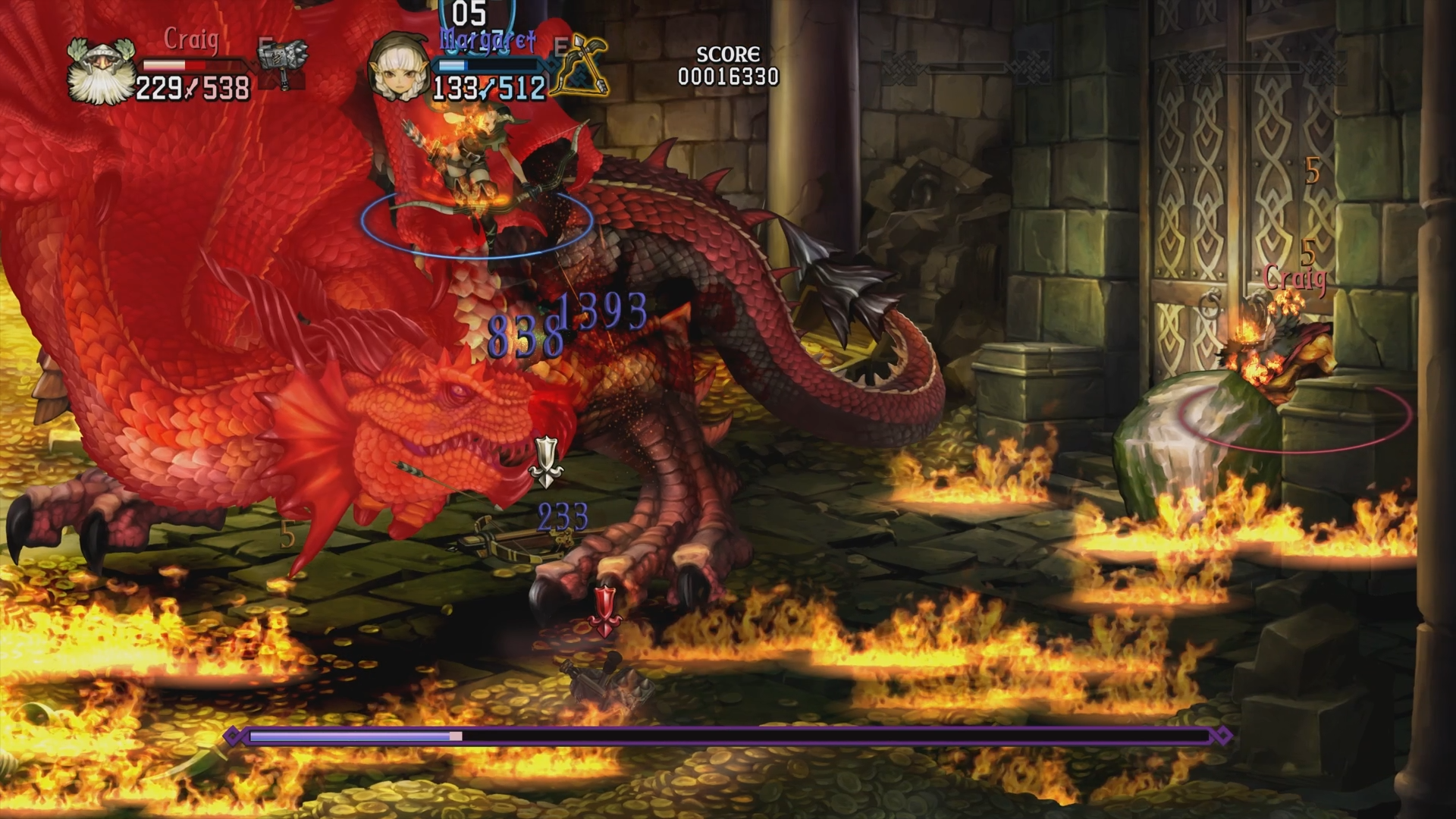
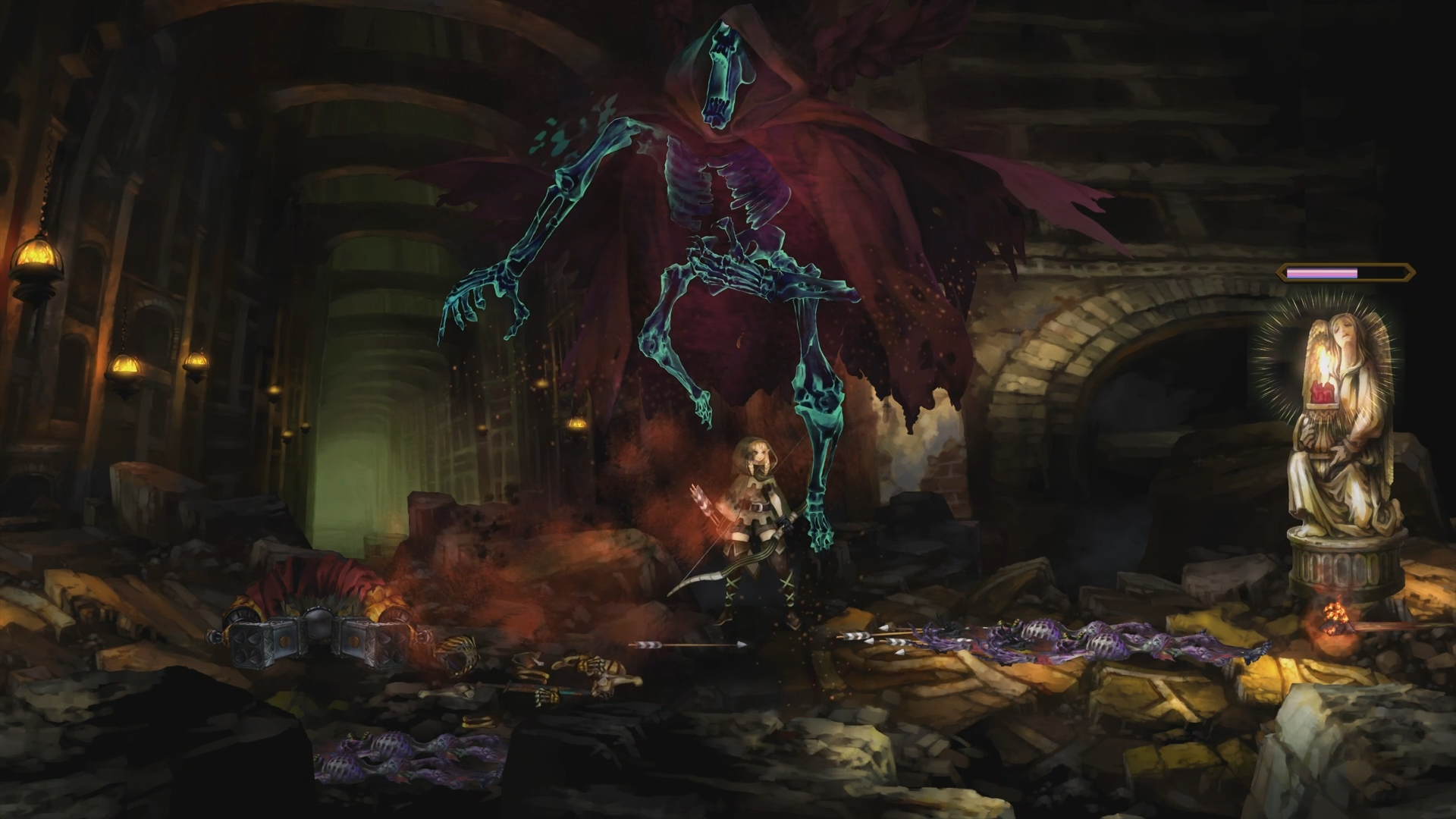
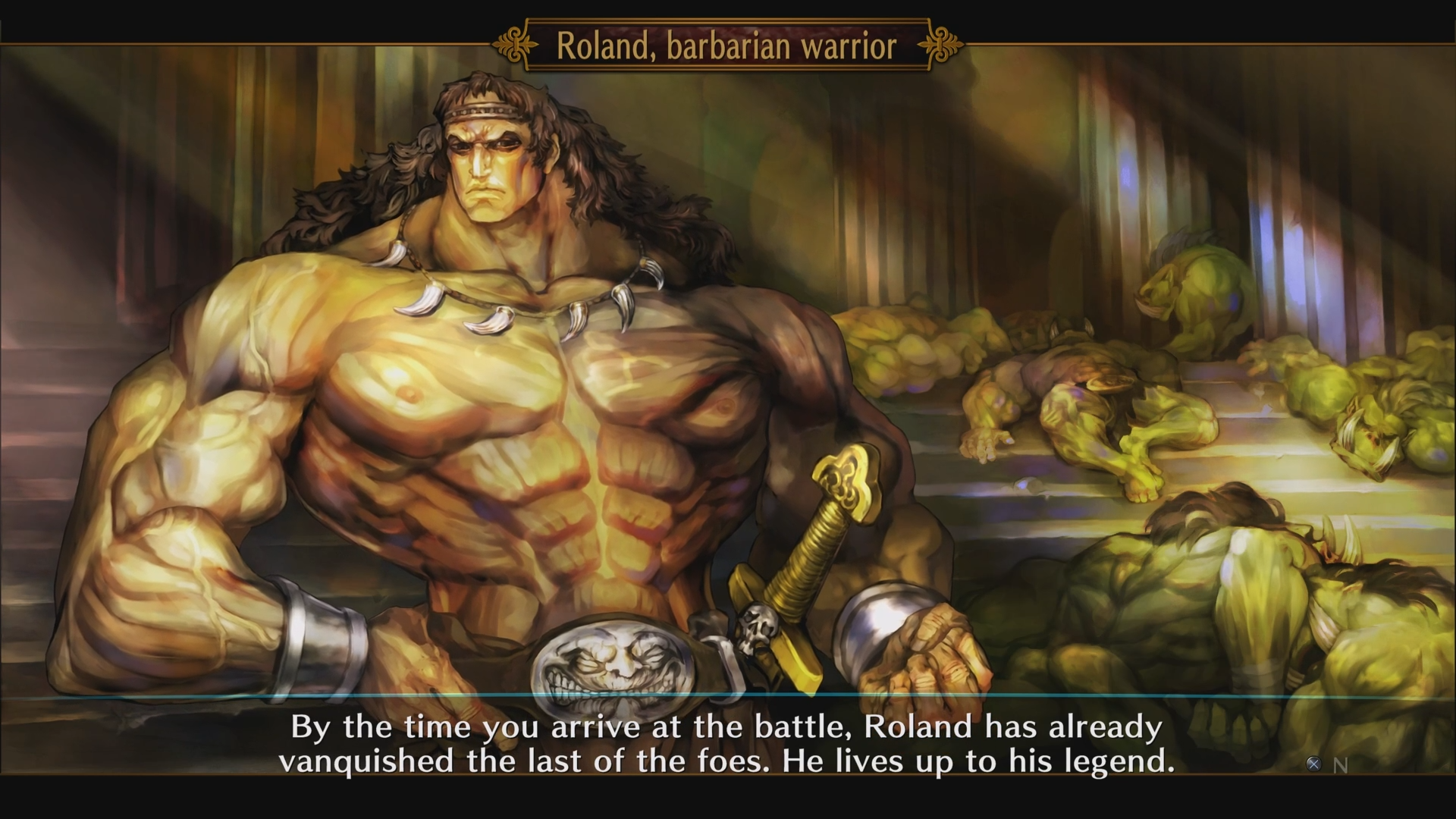
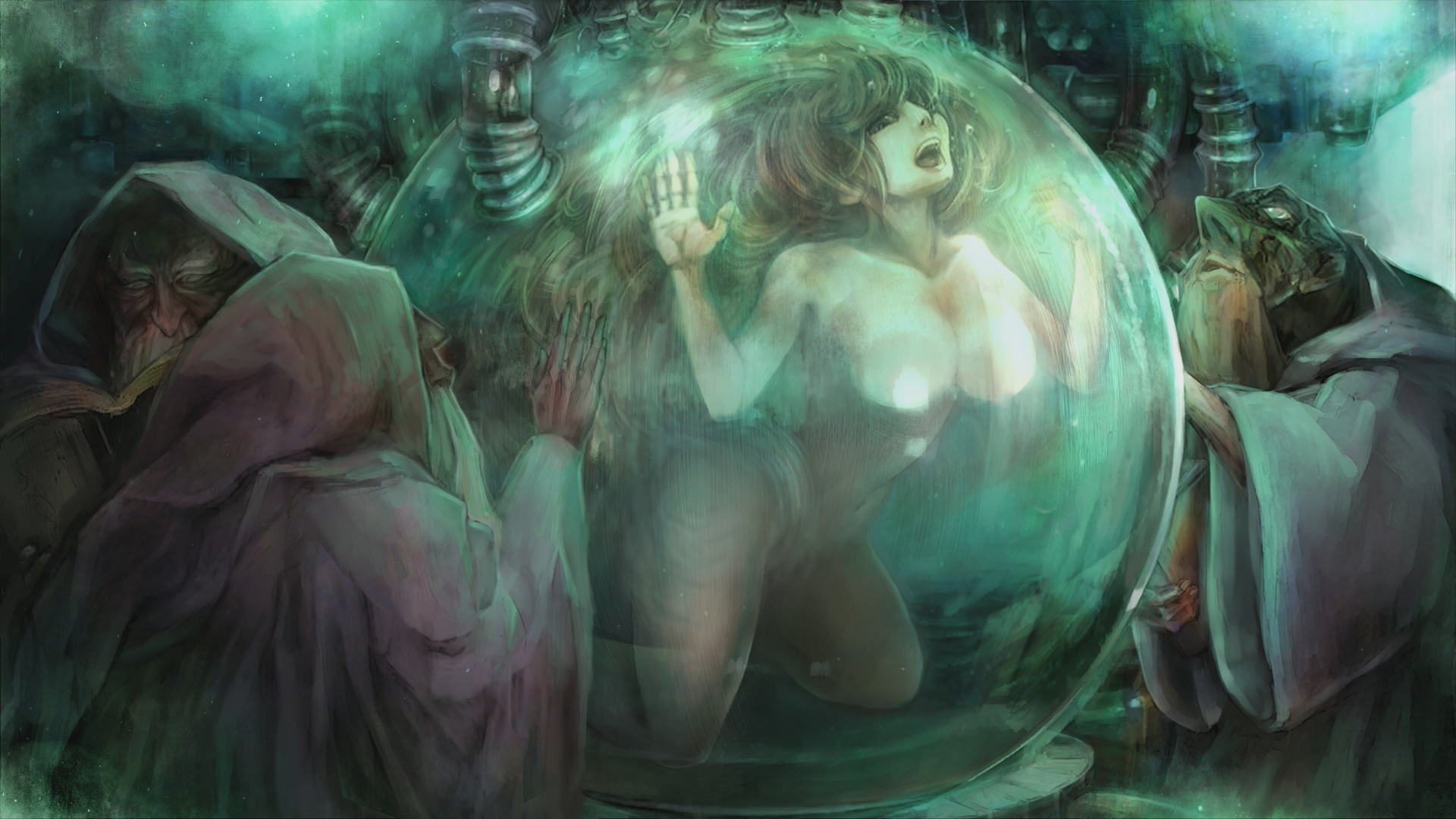
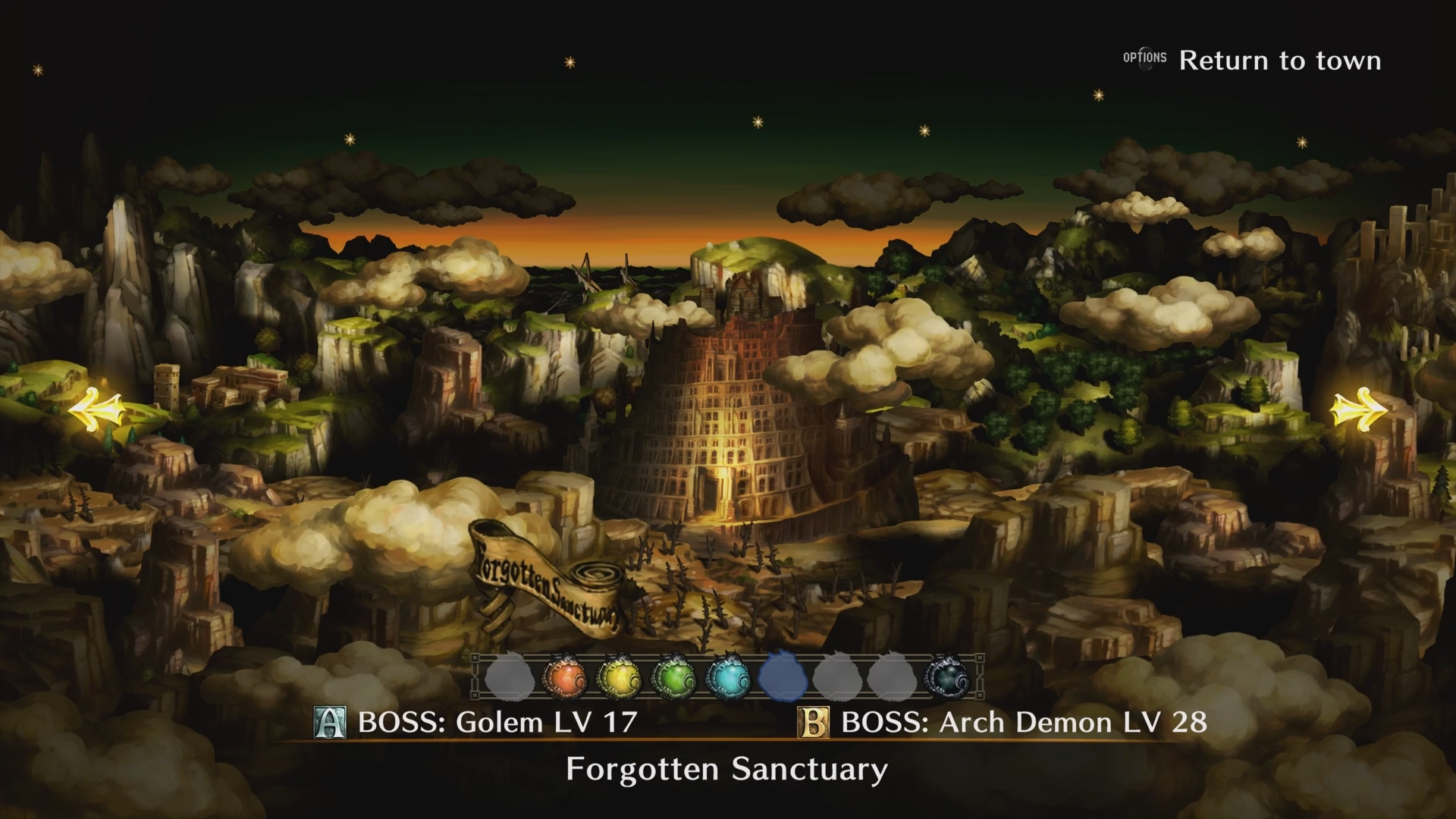
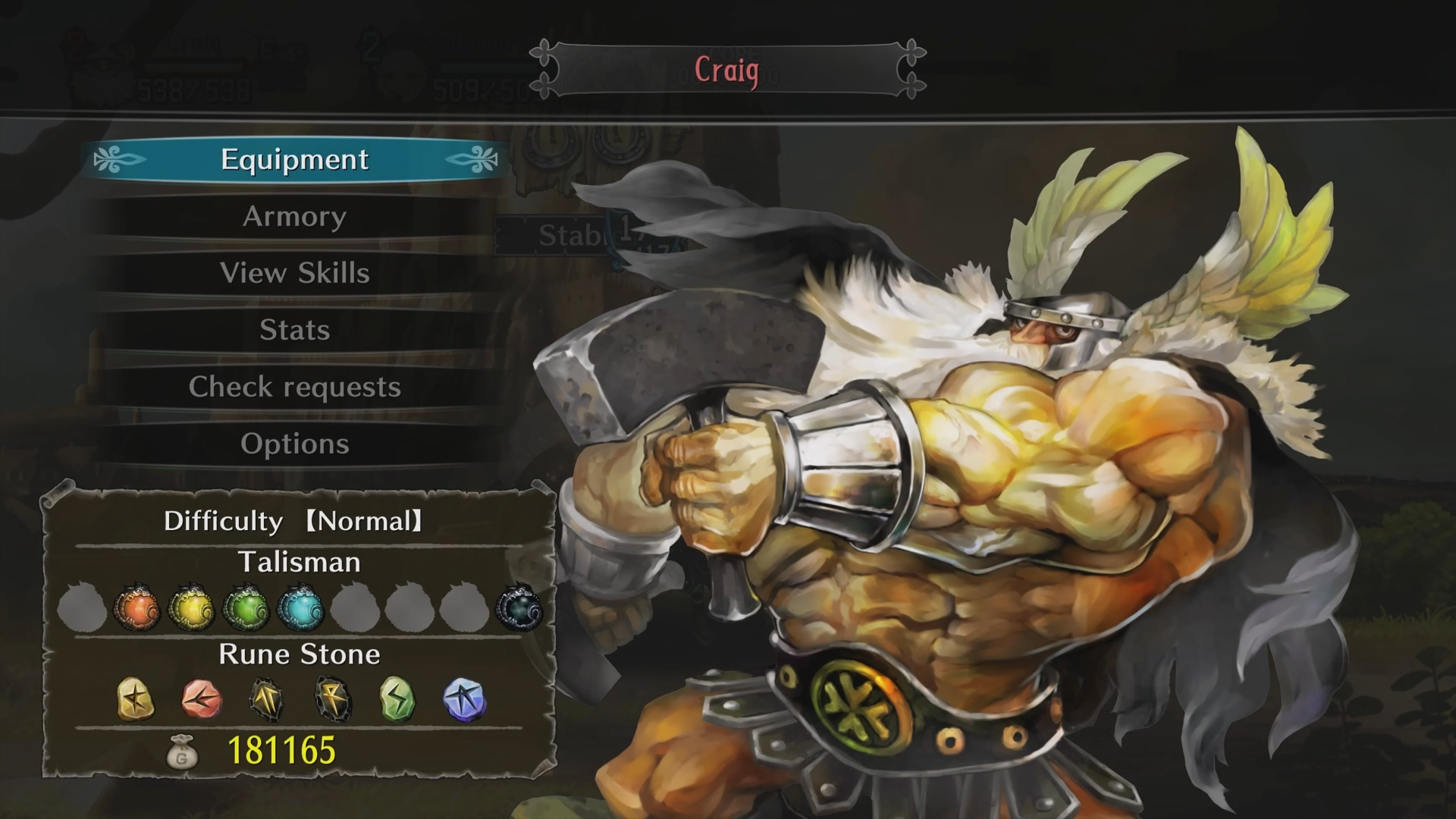
Enjoying the review? Consider supporting TanookiChickenAttack with a coffee at;
https://ko-fi.com/tanookichickenattack

